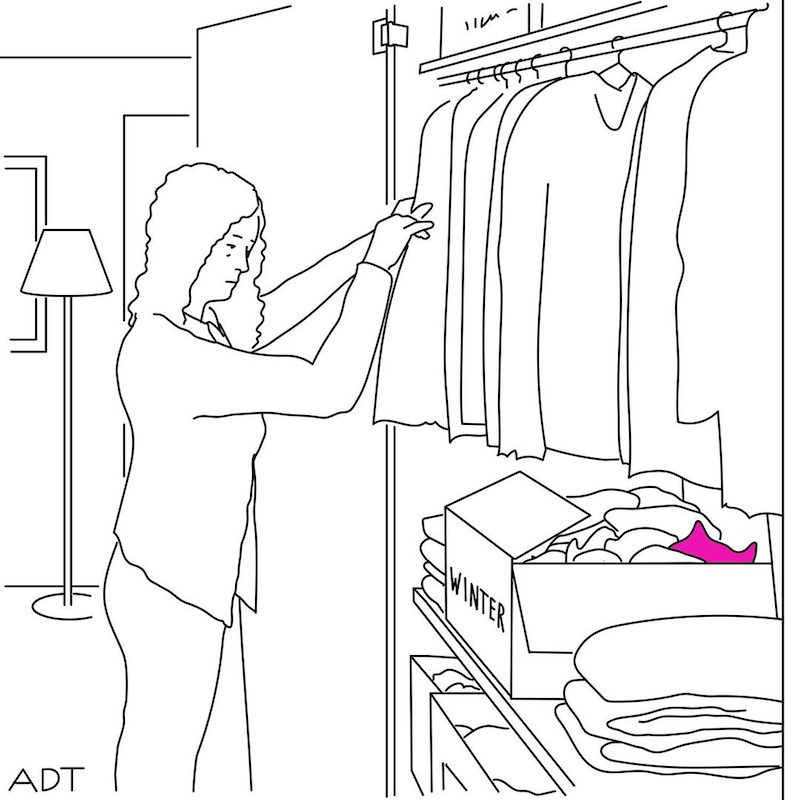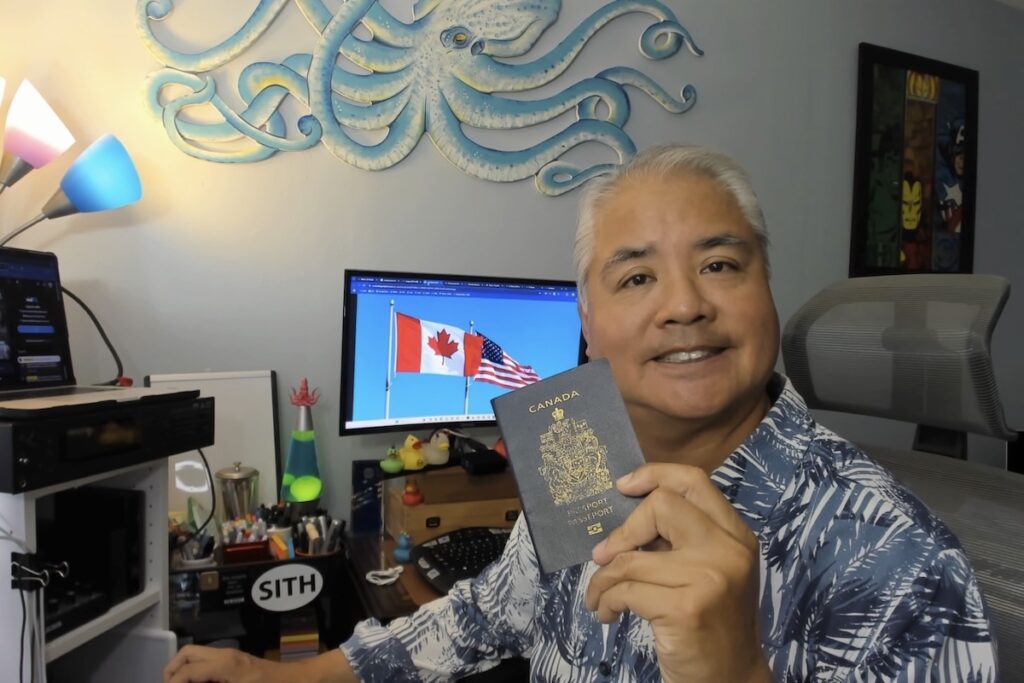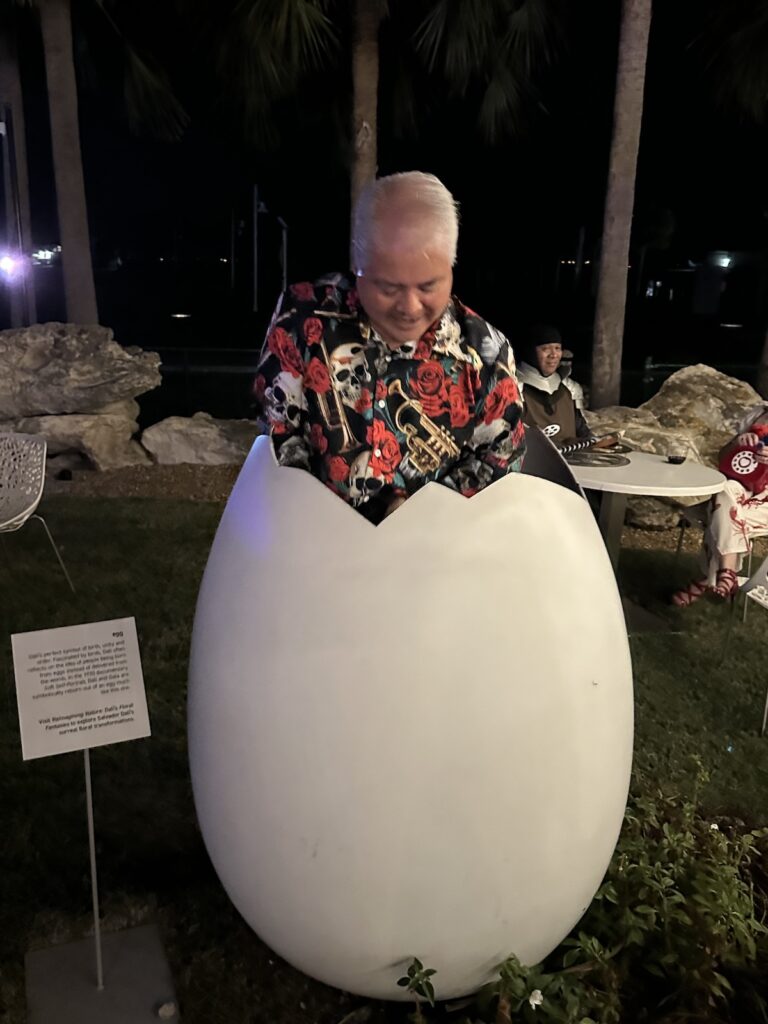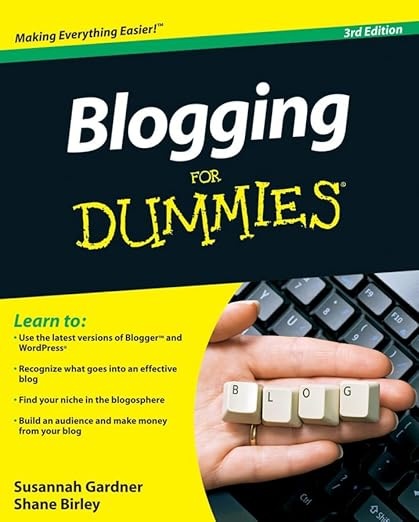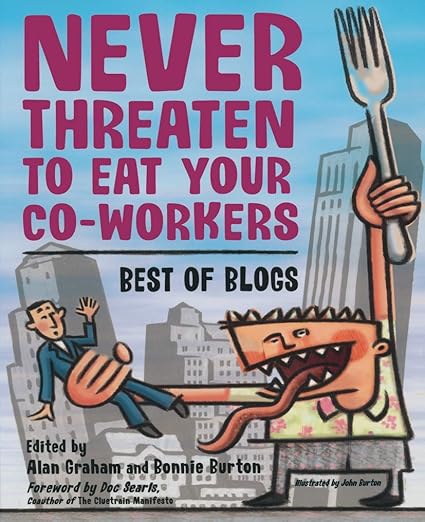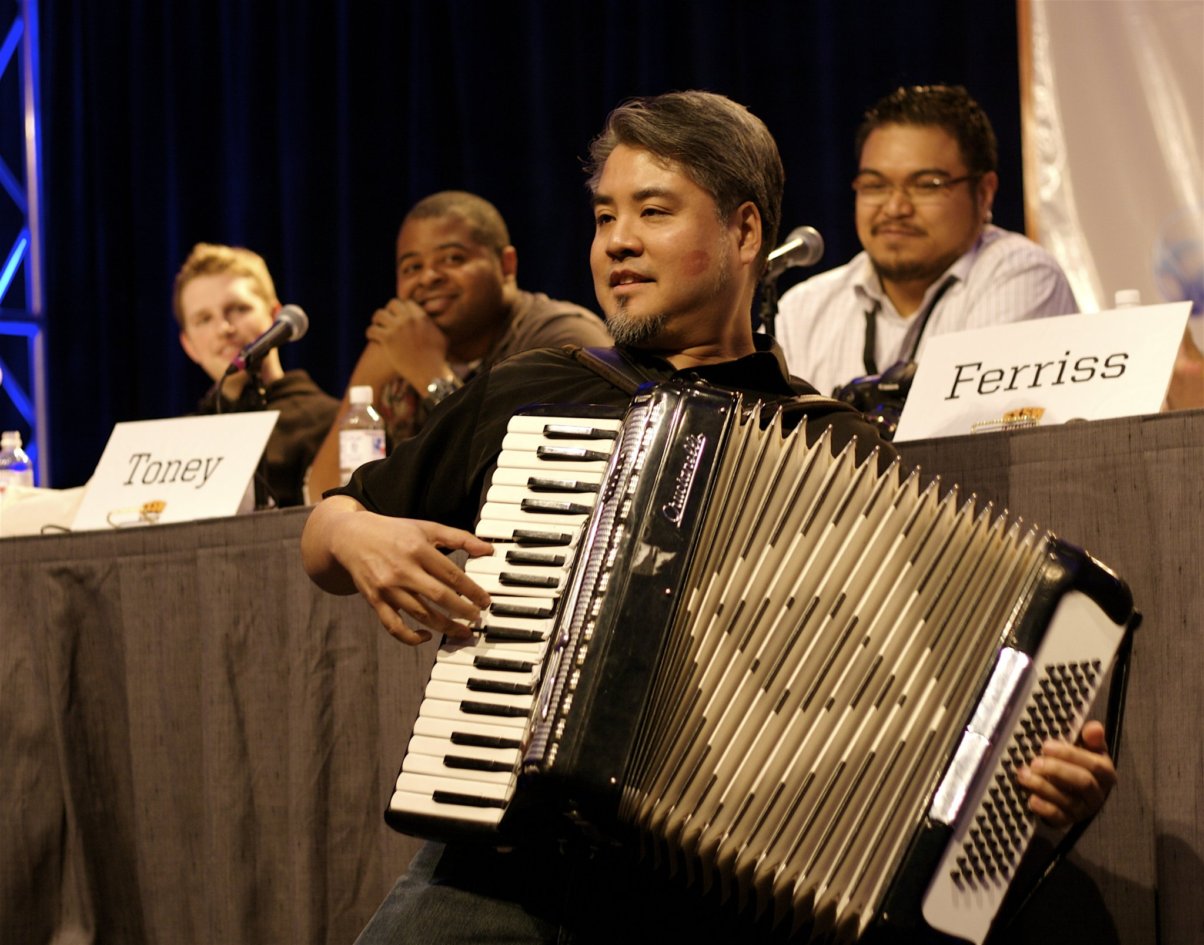
The thing about people who voted for Trump is that his bigotry — never mind his criminality — wasn’t a dealbreaker for them. In fact, for some people, it was one of his selling points, and now that he’s been elected, they’ve been emboldened.


To their credit, a counter-protest formed quickly. They were joined by United Campus Ministry Reverend Todd Salmi, who held up two signs reading “Jesus values and respects Texas State women” and “Jesus loves all y’all” to counter the hateful ones the demonstrators were holding up. He remembers that Jesus had harsher words for the Pharisees than for prostitutes.
Louie Dean Valenica, a professor at Texas State, tweeted the two photos above, followed by these posts:
Texas States’s response team was there quickly to help manage the situation.
As an expert on fascism… this is where it starts. Extremists at home who feel emboldened. The ones holding these signs were not part of our Texas State community. They might be outsiders, but they aren’t strangers to those of us who study the radical right.
Then there’s the matter of these racist text messages being sent to Black people:
Black people in states including Alabama, South Carolina, Georgia, New York, New Jersey, Nevada, the DC area and elsewhere reported receiving the messages. The messages were sent to Black adults and students, including to high schoolers in Massachusetts and New York, and students at historically Black colleges and universities (HBCUs), such as Alabama State University and other schools, including ones across Ohio, Clemson University, the University of Alabama and Missouri State. At least six middle school students in Pennsylvania received the messages, according to the AP.
For more:
- Wall Street Journal: Racist Text Messages About Slavery Sent to Black People in Several States
- New York Times: Wave of Racist Texts After Election Prompts F.B.I.’s Scrutiny
- WISN Milwaukee: Milwaukee 12-year-old receives racist text message: ‘You’ve been selected to pick cotton’
- NBC News: States work to tackle racist text messages sent to Black people nationwide
- CBS News: Officials condemn racist text messages sent to Black residents in at least 20 states
- Wright State Guardian (Wright State University’s newspaper): Black Students Across the Nation Receive Racist Text Messages, including Wright State
Here’s a statement by Representative Bonnie Watson Coleman of New Jersey’s 12th Congressional District on the incident:
And finally, there’s this dipshit:
None of these people are acting in any official capacity, but they were all emboldened by the election results. And we’ve seen this before — remember when high school students were using Trump’s image and name as racial insults aimed at Latinos at inter-school sports events?

This is just the beginning, and this is what we must resist.
I’ll close with this meme from the previous election:






